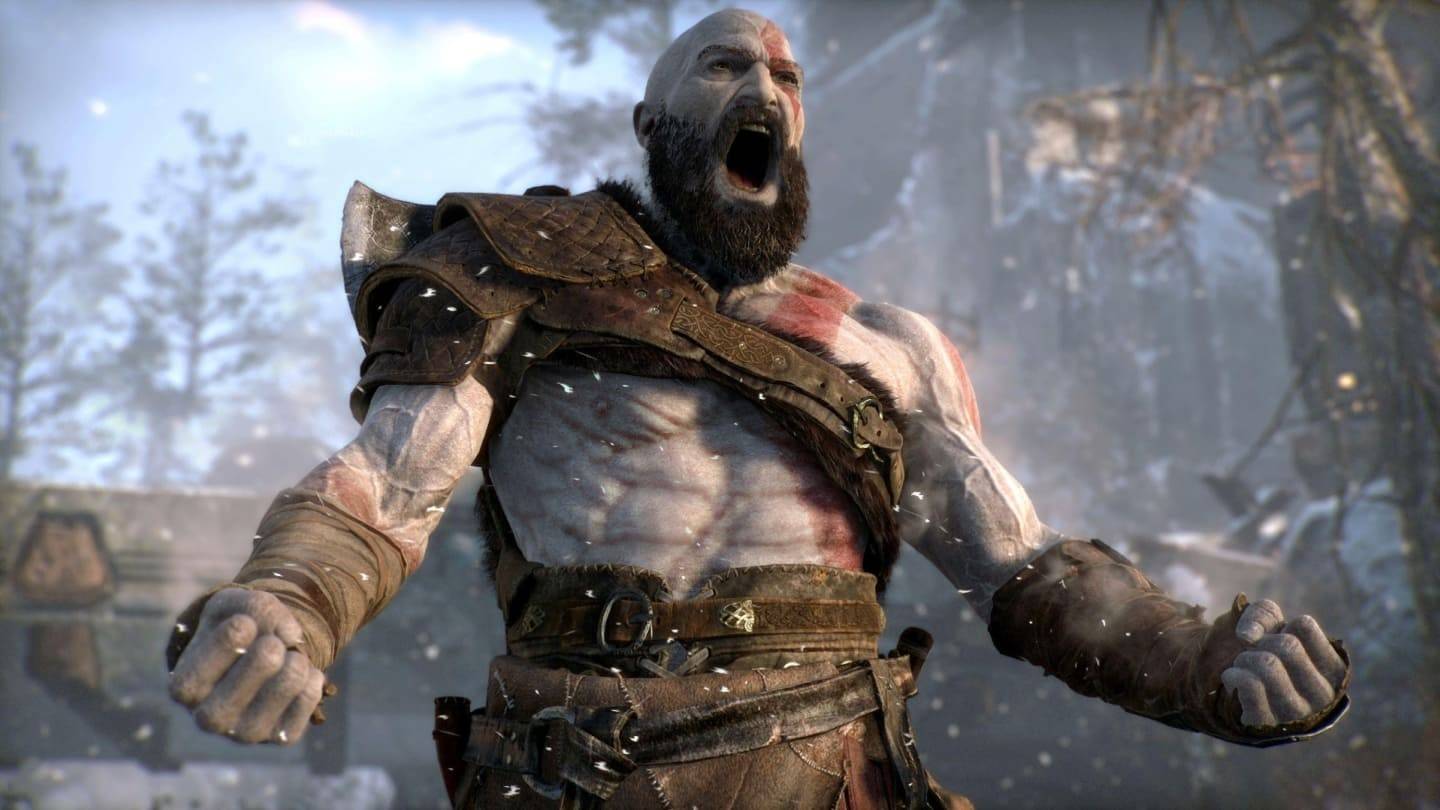A few weeks ago, Microsoft increased the prices of all its Xbox Series consoles and many of its accessories worldwide, and announced that some new games would cost $80 during this holiday season. Just a week earlier, PlayStation had similarly raised console prices in certain regions, and shortly before that, Nintendo increased its Switch 2 accessory prices and revealed its first $80 game.
The tariff-induced price increases have arrived, and if you're trying to keep up with the news, the numerous price hikes across various products can be overwhelming. To understand the situation better, especially after Xbox's announcement, I consulted with a group of industry analysts to discuss the reasons behind these changes, how much more expensive gaming might become over the next year, and whether the video game industry or Xbox or any other company is at risk. The reassuring news is that video games, consoles, and major platforms are here to stay.
However, the challenging news is that we'll be paying significantly more for video games and other related products.
Why is it all so expensive?
When I asked the analysts why Microsoft chose this moment to raise its console and accessory prices so significantly, the answer was unanimous: tariffs. It's all about tariffs. While rising development and manufacturing costs play a role, the main driver is tariffs, or the threat of them, as U.S. President Donald Trump adjusts tariffs for different countries.
“Microsoft's consoles are manufactured in Asia, so who can be surprised by these price hikes?” remarked Dr. Serkan Toto, CEO of Kantan Games, Inc. He noted that price increases were inevitable, but the recent tariff uncertainty in the U.S. provided a strategic opportunity to announce these changes with minimal backlash. “It was a smart move by Microsoft to leverage the current economic climate not only to justify price increases in the U.S. but globally as well. They did it all at once, avoiding a gradual increase that could have angered fans over time and across different regions.”
Joost van Dreunen, a professor at NYU Stern and author of the SuperJoost Playlist newsletter, concurred with Toto's view on Microsoft's decision to raise all its prices simultaneously. “Microsoft is opting for a quick, decisive action rather than gradual increases. I see Microsoft's global price adjustment as a strategic response to tariff pressures, rather than testing the market incrementally. By increasing prices across hardware, subscriptions, and first-party titles all at once, they're managing consumer reactions within a single news cycle while trying to maintain their competitive pricing in a market increasingly focused on services, where hardware is just the entry point.”
Other analysts also highlighted tariffs as a crucial factor. Manu Rosier, director of market intelligence at Newzoo, mentioned that announcing the price increase well before the holiday season allowed Xbox’s partners and consumers time to adjust their expectations. Rhys Elliott, head of market analysis at Alinea Analytics, pointed out that while digital software won’t be directly affected by tariffs, the price increase on games would help offset the higher hardware manufacturing costs due to tariffs. “When costs rise in one area, it's necessary to balance the books in others. That’s essentially what’s happening here.”
Piers Harding-Rolls, game research director at Ampere Analytics, added other non-tariff factors contributing to the inevitable Xbox hardware price increase:
“The economic backdrop also plays a role, with persistent inflation and rising supply chain costs. The launch price of Switch 2 and Sony’s recent price hike made it easier for Microsoft to move now. It’s not surprising that the company waited until after its earnings announcement.
“I think Microsoft identified a significant pricing gap between its entry-level consoles and those of the PS5 and Switch 2. Even with a 27% increase in the U.S., the cheapest Xbox Series S is still $70 less than the Switch 2, indicating room for a price increase. The U.S. saw the highest percentage increase, which can be attributed to tariff policies. Price increases in the EU and UK were more moderate and focused on the less expensive consoles in their lineup.”
Blinking Third
Now, the bigger question: will Sony follow with price increases on PlayStation hardware, accessories, and games? Most analysts I spoke with believe it's likely. Rhys Elliott was particularly confident, especially about the future of $80 games.
“This is just the beginning,” he said. “Alongside hardware price hikes, we’ll likely see PlayStation increase software prices as well. With Nintendo and Xbox raising software prices, the market is now open for $80 games. Every publisher—first- and third-party, PC and console—capable of charging $80 will do so. The market can handle it. Many gamers are willing to pay above $70, as shown by the millions willing to pay $100 for early access to some games, according to our data.”
Elliott further explained that a higher price ceiling would likely lead to more varied pricing, with games at different price points like $50, $60, $70, and others. Lower-priced games could sell more copies due to the perceived discount. (Notably, after speaking with Elliott and others, EA specifically stated it would not raise prices on its games... for now.)
“Alinea data shows that when a game’s price drops below $50 on Steam, many gamers are willing to buy,” he continued. “For the same reasons, I expect to see games launching at $80 to maximize early sales among superfans, then the price decreasing over time, leading to a longer sales tail for premium games. This already happens to some extent, but it will become an even more significant part of pricing strategies for publishers going forward.”
Daniel Ahmad, director of research and insights at Niko Partners, noted that Sony had recently raised its console prices in certain regions, but the U.S. might be next.
“Sony has raised the price of its console multiple times outside the U.S.,” he said. “There’s a reluctance from both Sony and Microsoft to raise prices in the U.S. due to its size and importance in console sales. However, we wouldn’t be surprised to see Sony follow with price increases on the PS5 in the U.S.”
James McWhirter, senior analyst at Omdia, added, “PS5 hardware is predominantly manufactured in China, making Sony’s supply chain vulnerable to U.S. tariffs. Yet, we observe that up to half of consoles are sold in the final quarter of the year. This gave both Microsoft and Sony more time to rely on existing inventories. In 2019, consoles were exempted from tariffs on goods from China, but this ruling didn’t take effect until August.
With Microsoft having blinked first with price readjustments this week, it now opens the door for Sony to follow with PS5. This is going to be a tough decision in the U.S., the world's largest console market, which has historically been spared—except for the PS5 Digital rising by $50 in late 2023.”
When I asked Mat Piscatella at Circana, he was cautious about predicting Sony’s actions but pointed back to what the Entertainment Software Association said about the impact of tariffs on video game prices, noting that rising prices were “the symptom, not the disease.”
Nintendo, meanwhile, stated it may consider “what kind of price adjustments would be appropriate” if tariffs continue to fluctuate.
Video Games Are Fine... But Are We?
Following Xbox’s price increases and the growing suspicion that Sony may follow, some speculate that this could harm console manufacturers. While it’s beneficial for companies to increase revenue from console and accessory sales, what if consumers can’t afford them?
Fortunately for these corporations, the analysts I spoke with don’t believe this will be a significant issue. Several experts referenced Microsoft’s 'This Is An Xbox' campaign as evidence that Xbox has been preparing for this shift for some time. Although fewer people might buy Xbox consoles, the company’s hardware sales have been declining compared to its competitors, and it’s been rebranding itself as a service platform rather than being tied to a single piece of hardware. Plus, there’s always GTA 6!
“Xbox hardware sales revenue has been declining, and I see that continuing, somewhat mitigated by higher price points,” said Harding-Rolls. “We expect a boost in Q2 2026 due to the launch of GTA 6. Last quarter, Microsoft’s gaming hardware sales fell by 6%, and we predict a further drop next quarter. Overall, I think higher prices will have some dampening effect, but the delay of GTA 6 is probably more significant for 2025 performance.”
More broadly, analysts suggested that overall gaming spending might not decrease significantly but might shift. As Elliott explained:
“The rising prices won’t necessarily reduce spending. Games are incredibly price-inelastic, even in tough economic times. The market will bear it. Early adopters will always be early adopters. PlayStation and Nintendo console sales have been tracking above or in-line with previous generations, despite consoles not dropping in price like previous generations. PlayStation actually increased its unit prices for the PS5, while Nintendo did so more subtly with the OLED model. Additionally, in-app purchases generate substantial spending these days, often more than premium game purchases when considering the market as a whole.”
Manu Rosier agreed: “Not necessarily a decline, but we may see shifts in how and where money is spent. As prices rise, consumers might become more selective—spending less on individual full-priced titles and more on subscriptions, discounted bundles, or long-tail live-service games. The total spend may remain steady or even grow modestly, but the distribution across formats and platforms will continue to evolve. Xbox’s pricing changes, and similar moves by others, could accelerate this transition toward services and ecosystems over standalone product purchases.”
Harding-Rolls added that the U.S. might feel more of the impact due to its size as the largest console market and the localized tariffs. Daniel Ahmad suggested that while Asian and MENA markets would still be affected by global economic factors, growth could continue, especially in markets like India, Thailand, and China. As for software, McWhirter noted that while pricing of full games has historically not followed inflation and has faced consumer pushback, Xbox moving to $80 full-priced games soon after Nintendo suggests that more publishers will follow suit.
“Importantly, we don't expect this to directly impact sales volumes, especially given 2025's high-quality content pipeline—but publishers will continue to explore ways to add value post-release,” he continued. “Many already do this through frequent discounting, multi-tiered pricing strategies, DLC, bundling. On the platform holder side, companies like Nintendo can always adjust post-launch—we expect Nintendo Switch Online Game Vouchers to return at a higher price point to accommodate $80 games.”
Mat Piscatella was more cautious than the others, echoing the general uncertainty that has pervaded the industry since tariff discussions began: everything is uncertain, more so than ever, and no one can predict the future of the economy, global tech market, or video games with certainty.
“My expectation for the remainder of the trade war is that consumers will shift even more towards free-to-play and other more accessible forms of gaming, including games they already own or have access to,” Piscatella said. “Games like Fortnite, Minecraft, Roblox, etc., will likely see more players and hours spent in their ecosystems. Players will also rely more on devices they already own rather than buying new hardware. As prices rise in everyday spending categories like food, gas, shelter, automotive, etc., there will be fewer dollars available for categories like gaming in the U.S.
“I was trying to hold on to the +4.8% outlook I had at the beginning of the year, but that's looking increasingly optimistic. We could easily see a high single-digit percentage decline, or even into the teens, depending on other pricing factors. The error bars on any forecast are bigger now than they've ever been given the uncertainty in the market.”
 Home
Home  Navigation
Navigation






 Latest Articles
Latest Articles










 Latest Games
Latest Games




![Chubby Story [v1.4.2] (Localizations)](https://imgs.xddxz.com/uploads/85/1719638042667f981a5e9f8.jpg)

![Zia – New Version 0.4 [Studio Zia]](https://imgs.xddxz.com/uploads/47/1719569268667e8b74e6004.jpg)




